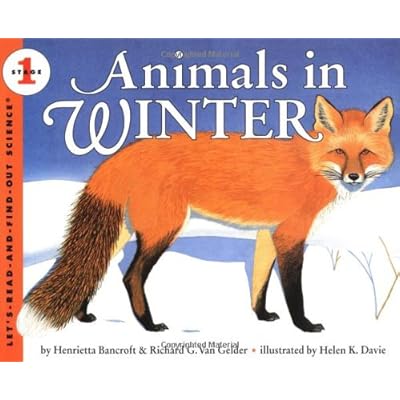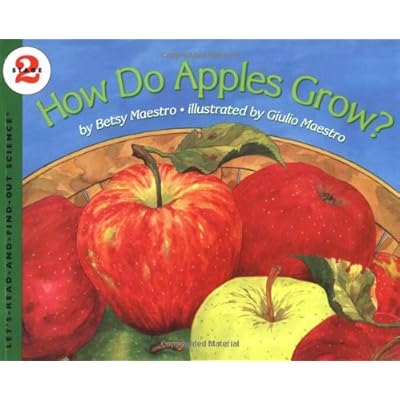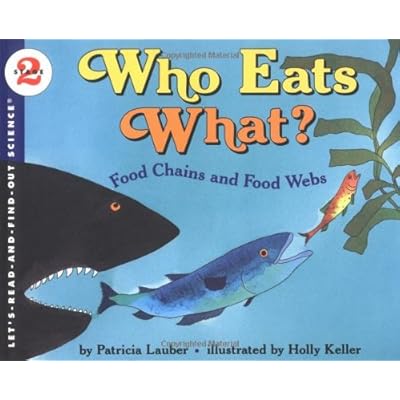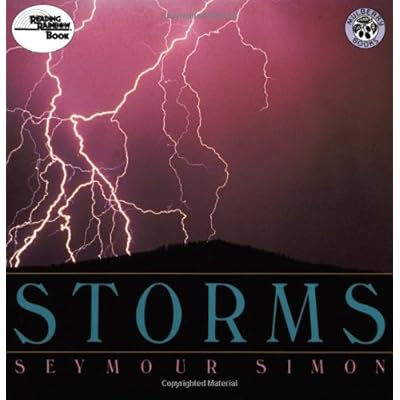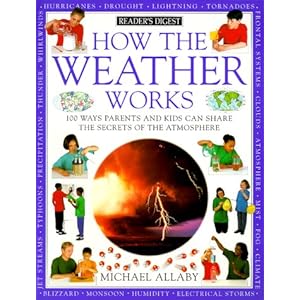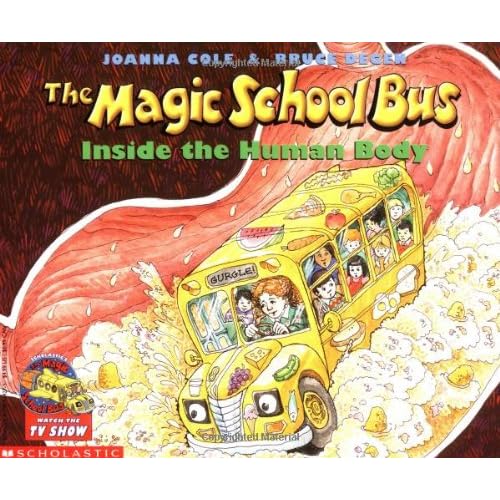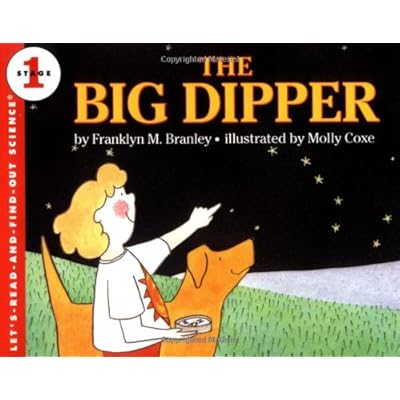Science Lessons for Young Children:
http://www.zunal.com/webquest.php?w=143650This is a lesson teaching children about the life cycle of a plant. It discusses what a plant needs to survive and grow as well as the parts of a plant. It walks students through multiple activities to learn about plants and in the end they will be able to create a poster of a plant as well as label its parts.
This lesson teaches students about the four seasons. It discusses the weather in each season as well as which months are included in each season. Students will watch videos and play games to learn about the seasons and in the end create a graphic organizer by coloring in four different trees to represent the four seasons.
Shadows Lesson:
How and why do different objects make shadows of different shapes and sizes?
Observe shadows with students created from different objects. Ask questions such as What makes some shadows bigger than others? How are the objects different from their shadows? or If the object moves, what happens to its shadow? Have them trace the shadows from objects using sidewalk chalk outside on the playground. After, ask them questions such as "After observing shadows, how do you think they're created? How do the shadows change in shape and size for different objects? In the end of the lesson, students can create a picture using shadows.
Magnets Lesson:
Begin this lesson by asking students what they think magnets are? Ask what items are magnetic? Have them make predictions about different objects in the classroom that may be magnetic. After, allow them to walk around the classroom with magnets and have them test out the different objects that they think may be magnetic. Have them come back to their centers then discuss what all the magnetic items had in common. Explain that they were all metals, however, not all metals are magnetic. Demonstrate this by showing them that a paperclip is magnetic while a penny is not, because coins and aluminum are not magnetic.
Animal Charades:
This lesson discussses the difference between wild and domesticated animals. Begin lessson by asking students what they believe the definition is for each and have them list some examples for each as well. Then divide students in half and have some play animal charades by drawing an animal out of a hat and then create a t chart of the animals after the students act them out. Have students place the animal on the correct side of the chart whether it be wild or domesticated. With the other half of the students they can play the game headbands where they have a partner and try to guess what animal they are while the other student gives them clues. The students will begin by giving the first clue of whether the animal is wild or domesticated.
Sink/Float Lesson:
This lesson allows children to explore items that sink or float. Begin by gathering items that they believe will sink or float. Separate the items into a sink pile and a float pile. Allow them to test their predictions by filling a tub with water and placing the items into the water. After testing the objects discuss why some objects sink and some float. Then create a T chart with the class of what objects sunk and which objects sank.
http://www.zunal.com/webquest.php?w=141581
This lesson teaches children about different parts of the human body. It discusses the three main parts of the body, the head, trunk and limbs. It also teaches about the senses by teaching the different parts of the head and limbs. It discusses how to take care of our bodies which makes it relevant and personal for young children. In the end the students play a game called show me which allows them to review the body parts and the role of each.
http://kids.nationalgeographic.com/kids/activities/funscience/balancing-eggsperiment/
This lesson teaches children about gravity and balancing. It involves balancing an egg on a hard surface using salt or by itself during an equinox. The salt acts as pedestals for the egg to balance on, and during the equinox the gravitational pull of the sun helps the egg to stand still. This is a really cool and fun activity that sparked my interest even as an adult.
http://www.sciencekids.co.nz/lessonplans/chemistry/makeglue.html
This activity teaches children about chemistry. It allows them to create a mixture and watch how a chemical reaction takes place to form a new substance. This activity is good for young children because they are always using glue, and they'll be able to test it out in the end!

